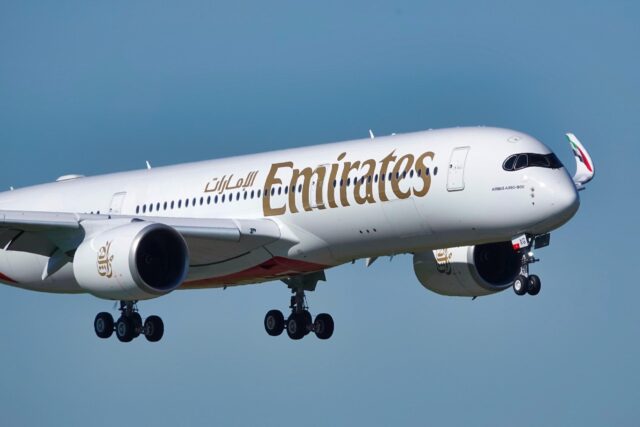B-1B Lancer strategic bombers escorted by Spanish EF/A-18 Hornets arrive in Norway

August 12, 2025

United States Air Force B-1B Lancer variable sweep wing bombers have deployed to Norway as part of inter-ally training operations. The move is part of US efforts to reassure allies, deter aggression, and enhance inter-ally cooperation and fighting.
USAF B-1B Lancer bombers arrive in Norway
According to a statement by the USAF, the B-1 strategic bombers have been deployed from their base in Dyess Air Force Base, Texas to Ørland Air Base, Norway. This comes after B-1s from Ellsworth in South Dakota exercised in February with Philippine FA-50 light fighters after being deployed to Guam.

It is unclear how many of the Lancers have been deployed, but images released appear to show at least three flying escorted by Spanish EF/A-18M Hornets. Those Hornets were operating out of Keflavik Air Base in Iceland. The deployment also marked the first Spanish NATO Air Policing mission in Iceland.
The Air Force stated, “deployment empowers U.S. Air Force aircrews to refine tactics, increase flexibility and strengthen coordination with Allies by exercising and operating together, increasing warfighting capabilities and readiness.”
The Lancer aircrews will conduct a series of “ally-led training missions in complex, high-threat airspace.” They will hone the “speed and accuracy with which bombers and fighters are able to act against threats in real time.” Training is also working to counter air-based threats and gain air superiority.
It is unclear how long the B-1s will remain in Norway, although the Air and Space Forces Magazine notes these bomber task forces can sometimes last a month or more. While in Norway, they will operate alongside Norway’s new F-35 fighter jets and other NATO aircraft.
The US maintaining its posture in Europe
The year 2025 has been marked by more threats to Europe from Russia, while questions have arisen about how committed the US is to the defence of Europe. After years of most European states spending below 2% of GDP on defence, NATO countries (apart from Spain) have agreed to spend 5% of GDP on defence by 2035, including 1.5% on defence-related infrastructure.

These Lancers are part of the 5th Bomber Task Force Europe deployment in 2025 and are intended to reflect the US’s continued commitment to maintaining a forward presence in the region.
NATO reported the B-1B bombers are “demonstrating the United States’ enduring commitment to maintaining a ready and capable forward presence. “
USAF’s fleet of B-1 Lancers
The B-1 Lancer is one of the three strategic bombers in USAF service. The other two are the old B-52 Stratofortress and the stealth B-2 Spirit. The service is also preparing to bring the B-21 Raider, the next generation of strategic bomber, into service in 2027.
As the B-21 Raiders are delivered to the Air Force in the 2030s, the B-1s are expected to be the first to retire. The B-1 was designed at a time when it was considered advantageous to be supersonic; however, the focus has now shifted to being low-observable.

For now, the USAF is maintaining its fleet of Lancers and is fitting new pylons on them that will be able to carry hypersonic missiles.
The Air Force has 42 B-1s in active service, although it tends to have 44 in service in the next fiscal year. The dip in numbers is partly due to the total loss of a Lancer in 2024 that crashed at Ellsworth Air Force Base.
















